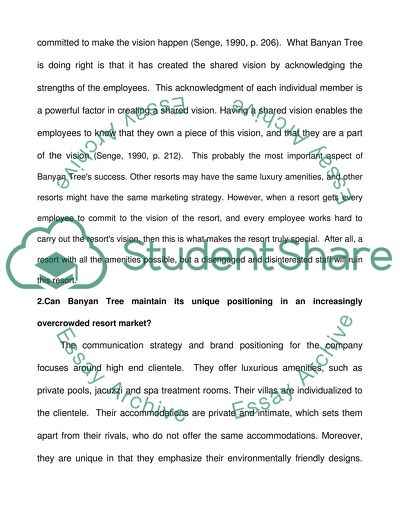Cite this document
(“Banyan Tree Case Study Essay Example | Topics and Well Written Essays - 2250 words”, n.d.)
Retrieved from https://studentshare.org/marketing/1444931-banyan-tree-developing-a-powerful-service-brand
Retrieved from https://studentshare.org/marketing/1444931-banyan-tree-developing-a-powerful-service-brand
(Banyan Tree Case Study Essay Example | Topics and Well Written Essays - 2250 Words)
https://studentshare.org/marketing/1444931-banyan-tree-developing-a-powerful-service-brand.
https://studentshare.org/marketing/1444931-banyan-tree-developing-a-powerful-service-brand.
“Banyan Tree Case Study Essay Example | Topics and Well Written Essays - 2250 Words”, n.d. https://studentshare.org/marketing/1444931-banyan-tree-developing-a-powerful-service-brand.


